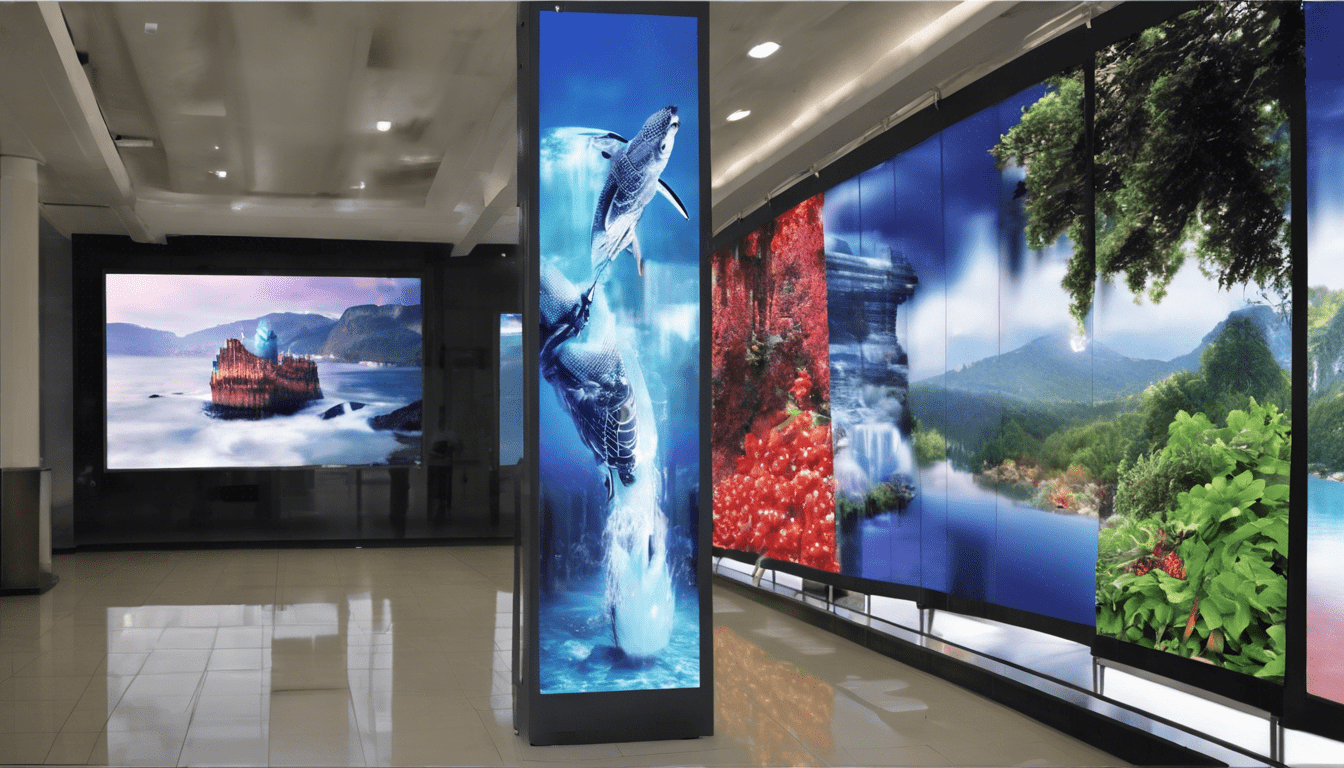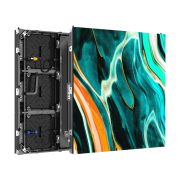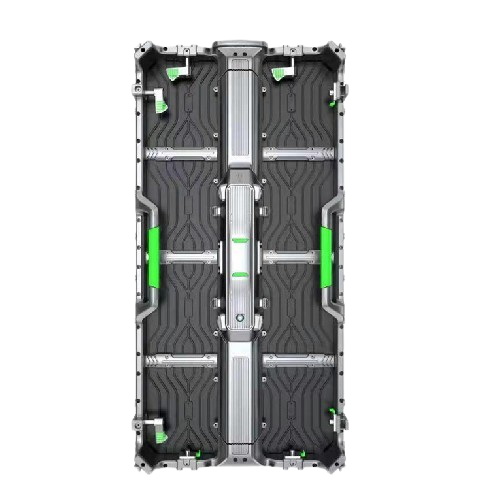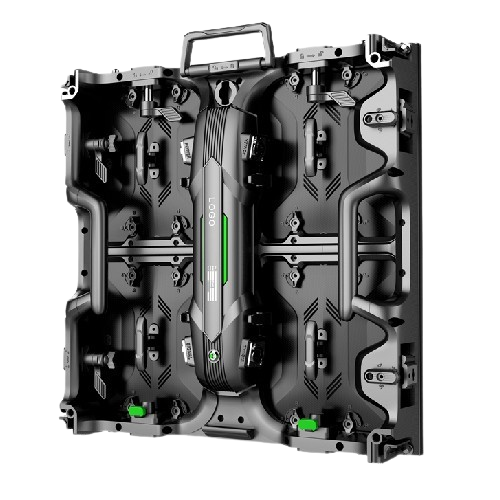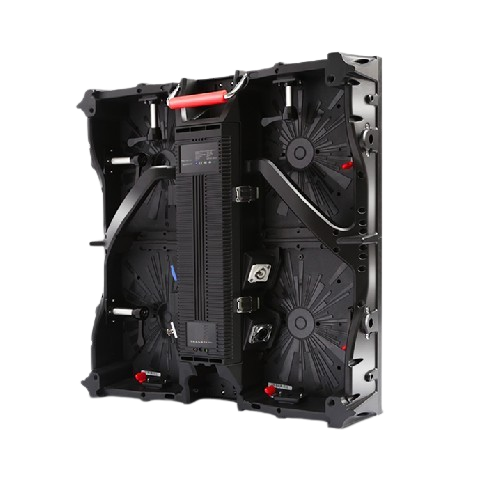Ultimate Guide to LED Digital Curtain Wall Display Manufacture
Introduction to LED Digital Curtain Wall Display
As we navigate the technologically driven landscape of today’s world, LED digital curtain wall displays have emerged as a revolutionary solution, bringing architectural aesthetics and vibrant digital visuals together. Known for their ability to transform any structure into a dynamic piece of art, these displays are pivotal in modern architecture and advertising. Whether you’re a business owner looking to enhance your building facade or a tech enthusiast eager to learn more, understanding the manufacturing process of these displays can be incredibly beneficial.
What Are LED Digital Curtain Wall Displays?
LED digital curtain wall displays are large-scale digital displays integrated into the exterior walls of buildings. These displays consist of numerous tiny LEDs that can produce a stunning array of colors and images. They are not just functional but also add a significant aesthetic appeal to the structures they adorn. Their primary uses include advertising, creating interactive art installations, enhancing brand visibility, and serving as information displays.
Key Components of LED Digital Curtain Wall Displays
The manufacturing process of LED digital curtain wall displays involves various critical components, each contributing to the display’s functionality and longevity. Here’s a closer look at these components:
- LED Modules: The fundamental building block, LED modules consist of numerous small LEDs mounted on a PCB board.
- Power Supply Unit (PSU): This ensures that the LEDs receive a consistent and appropriate voltage.
- Control System: Manages the display’s functions, such as image and video rendering, color adjustments, and system diagnostics.
- Cabinet Structure: Provides structural integrity and houses all other components while protecting them from environmental factors.
- Cooling System: Maintains optimal operating temperatures, often using fans or heat sinks.
Manufacturing Process of LED Digital Curtain Wall Displays
The manufacturing process of LED digital curtain wall displays is meticulous and involves several stages:
1. Design and Planning
The first step involves detailed planning and design. Engineers and designers collaborate to create a blueprint that meets the client’s requirements and adheres to safety and quality standards.
2. Component Sourcing
High-quality components are crucial for the display’s performance and durability. Reliable suppliers provide the necessary LEDs, PCBs, PSUs, control systems, and other essential parts.
3. Assembly and Integration
During assembly, the LED modules are mounted on the PCB boards, which are then integrated into the display cabinet. Each module is tested for performance and precision.
4. Quality Assurance and Testing
Before the final installation, the entire system undergoes rigorous quality checks. Key performance metrics such as brightness, color accuracy, and responsiveness are evaluated, ensuring the highest quality standards are met.
5. Installation and Calibration
Post-manufacture, the display is transported to the installation site. Expert technicians install the display in the predetermined location, followed by calibration to optimize performance. This involves fine-tuning the visuals and ensuring the display’s alignment and stability.
Benefits of LED Digital Curtain Wall Displays
These cutting-edge displays offer numerous advantages:
- High Visibility: Ideal for advertising and brand promotion with bright and vibrant visuals.
- Energy Efficiency: LED technology consumes less power relative to its output, reducing operational costs.
- Durability: Built to withstand various environmental conditions, ensuring a longer lifespan.
- Customizable: Allows for tailored solutions that can meet specific project requirements.
- Low Maintenance: Designed to require minimal upkeep, making it cost-effective in the long run.
Challenges in Manufacturing LED Digital Curtain Wall Displays
Despite their myriad of benefits, the manufacturing process isn’t without its challenges:
- High Initial Costs: The initial investment can be significant due to the cost of high-quality materials and precision engineering required.
- Complex Installation: Requires skilled technicians for installation and subsequent calibration.
- Environmental Factors: Exposure to harsh weather conditions necessitates robust design considerations to ensure longevity.
- Technical Expertise: The need for advanced technical knowledge for both manufacturing and troubleshooting.
Case Studies: Successful LED Digital Curtain Wall Displays
Successful case studies provide invaluable insights into the practical applications and effectiveness of LED digital curtain wall displays:
1. Times Square, New York
One of the most iconic examples, Times Square features several LED curtain wall displays used for advertising. These displays turn the area into a constantly evolving digital landscape, attracting millions of visitors annually.
2. Burj Khalifa, Dubai
The world’s tallest building employs LED curtain wall displays for various purposes, from advertising to celebrating festive occasions. The displays are visible from miles away and add an unforgettable brilliance to the skyscraper.
3. Las Vegas Strip, Nevada
Famed for its vibrant nightlife, the Las Vegas Strip utilizes LED curtain wall displays to promote shows, businesses, and events. The dazzling lights and vivid colors redefine the city’s architectural aesthetic.
Future Trends in LED Digital Curtain Wall Display Manufacture
With advancements in technology, the future of LED digital curtain wall displays looks even more promising. Emerging trends include:
- AI Integration: Using artificial intelligence to enhance display functionalities and optimize energy consumption.
- Higher Resolution LEDs: Development of even higher-resolution LEDs for sharper and more vivid imagery.
- Increased Interactivity: Displays that offer interactive features for a more engaging user experience.
- Environmental Sustainability: Focus on creating more eco-friendly displays to reduce environmental impact.
Choosing the Right Manufacturer
Selecting a reputable manufacturer is crucial for the success of your LED digital curtain wall display project. Consider the following attributes:
- Experience: Check for extensive experience in the industry.
- Portfolio: Review past projects to gauge capability and creativity.
- Technical Support: Ensure they provide robust aftersales support.
- Customer Feedback: Look for positive client testimonials and reviews.
Conclusion
The intricate art of LED digital curtain wall display manufacture intertwines technology, artistry, and engineering. These displays not only serve functional purposes but also enhance the visual appeal of structures around the world. As the technology continues to advance, we can expect even more impressive and innovative displays in the coming years.

